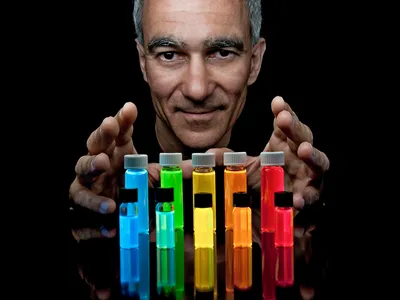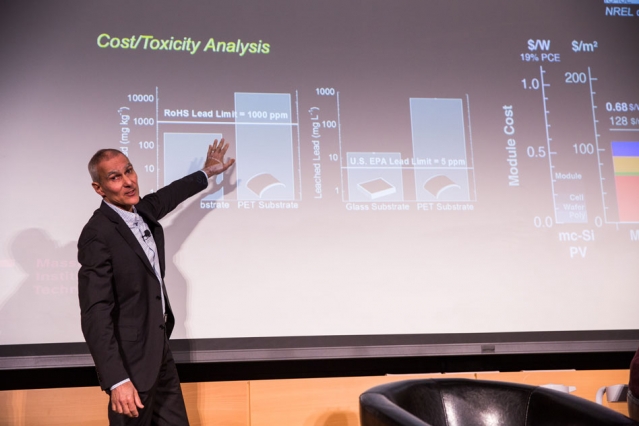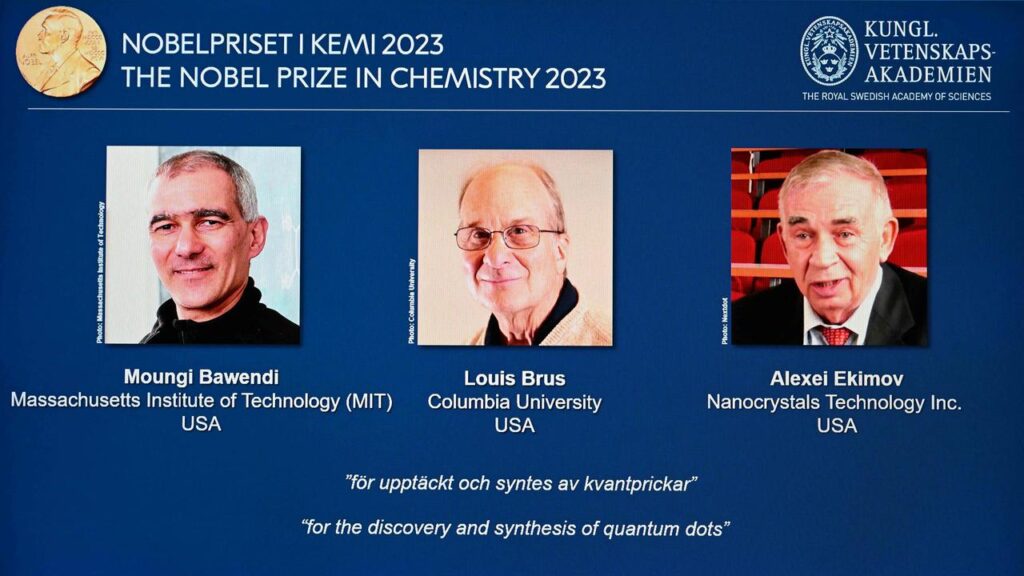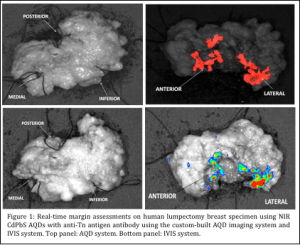Tunisian-American Moungi G. Bawendi - A Nobel Prize Recipient

Photo Credits: Britannica
By: Joanna Sawtari / Arab America Contributing Writer
Upbringing and Education
Moungi G. Bawendi is a French-born American/Tunisian chemist who was awarded with the 2023 Nobel Prize. His father, renowned mathematician Saleh Baouendi was part of the mathematics faculty at Purdue and USC, instilling a deep-rooted interest in STEM in Bawendi from a young age.
Bawendi had a fairly spontaneous and adventurous upbringing. He lived all over the world, from France to Tunisia to the United States, where he attended Harvard University for both his bachelor’s and master’s degrees. Afterwards, he received his doctorate at the University of Chicago.
In 1990, two years after receiving his PHD, Bawendi accepted a job offer from MIT where he is now a professor of chemistry.

MIT Science / Source: X
Quantum Dots
During Bawendi’s postdoctoral fellowship at Bell Laboratories, he worked under the guidance of professor Brus to explore physics and quantum dots. This motivated him to concentrate on making efforts to improve quantum dots, and he did so at MIT with CdSe – cadmium selenide.

Louis Brus and Moungi Bawendi / Photo Credits: The Australian
The Experiment
Bawendi and his colleagues injected material that would form CdSe crystals into a fairly hot solvent. When these small crystals formed, they noticed that the injection cooled the solvent, stopping the crystals from growing further. There was a pattern: increasing the temperature of the solvent made crystals start to grow again, and they kept growing with a consistent structure and shape. Now, Bawendi and his team could precipitate dots of a specific size out of the solution.
A New Field of Science

Quantum Dots in Surgery / Photo Credits: Drexel University News
Bawendi’s application has many real-life applications and is widely used today in televisions, medical imaging, and LED lighting, and even surgically. Tumors can be highlighted through the use of quantum dots, allowing surgeons to clearly see what they need to remove.
Future expansion in quantum dots and their scope in chemistry and physics can be accredited to the work of Bawendi and his team. Bawendi is one of the few Arab-Americans in STEM who have received nobel prizes for their work – a groundbreaking and unforgettable achievement.
Check out Arab America’s blog here!







